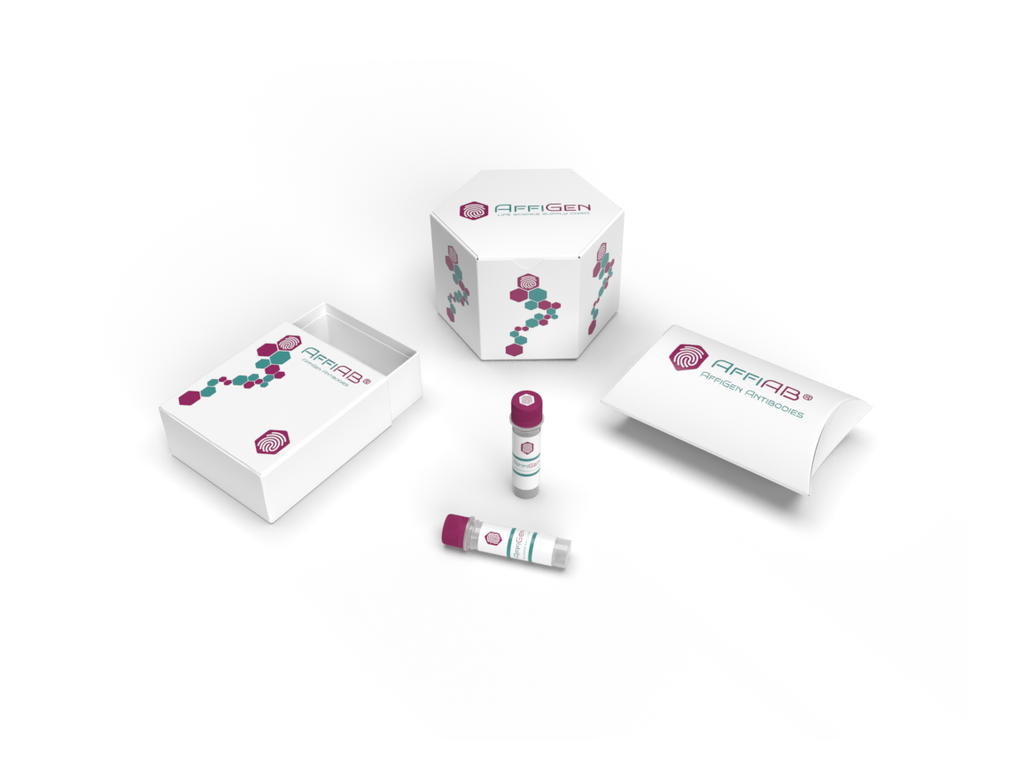AffiAB® Anti-Noggin Antibody
Noggin is a signaling molecule that plays an important role in promoting somite patterning in the developing embryo. It is released from the notochord and regulates bone morphogenic protein (BMP4) during development. The absence of BMP4 will cause the patterning of the neural tube and somites from the neural plate in the developing embryo. It also causes formation of the head and other dorsal structures. Noggin function is required for correct nervous system, somite, and skeletal development. Experiments in mice have shown that noggin also plays a role in learning, cognition, bone development, and neural tube fusion. Heterozygous missense mutations in the noggin gene can cause deformities such as joint fusions and syndromes such as multiple synostosis syndrome (SYNS1) and proximal symphalangism (SIM1) . SYNS1 is different from SYM1 by causing hip and vertebral fusions. The embryo may also develop shorter bones, miss any skeletal elements, or lack multiple articulating joints. Increased plasma levels of Noggin have been observed in obese mice and in patients with a body mass index over 27. Additionally, it has been shown that Noggin depletion in adipose tissue leads to obesity.
Antibody type
Rabbit polyclonal Antibody
Uniprot ID
SwissProt: Q13253 Human; SwissProt: P97466 Mouse
Recombinant
NO
Conjugation
Non-conjugated
Host
Rabbit
Isotype
IgG
Clone
N/A
KO/KD
N/A
Species reactivity
Human, Mouse
Tested applications
WB, IF-Cell, IHC-P
Predicted species reactivity
Rat
Immunogen
Synthetic peptide within N-terminal Human Noggin.
Storage
Store at +4°C after thawing. Aliquot store at -20°C. Avoid repeated freeze / thaw cycles.
Form
Liquid
Storage buffer
1*PBS (pH7.4) , 0.2% BSA, 40% Glycerol. Preservative: 0.05% Sodium Azide.
Concentration
1 mg/mL.
Purity
Immunogen affinity purified.
Signal pathway
N/A
Recommended dilutions
WB: 1:500-1:1, 000; IF-Cell: 1:50-1:200; IHC-P: 1:50-1:200
Molecular Weight
Predicted band size: 26 kDa
Subcellular location
Secreted.
Positive control
MG-63 cell lysate, Hela cells, HepG2 cells, human liver tissue, mouse liver tissue.
